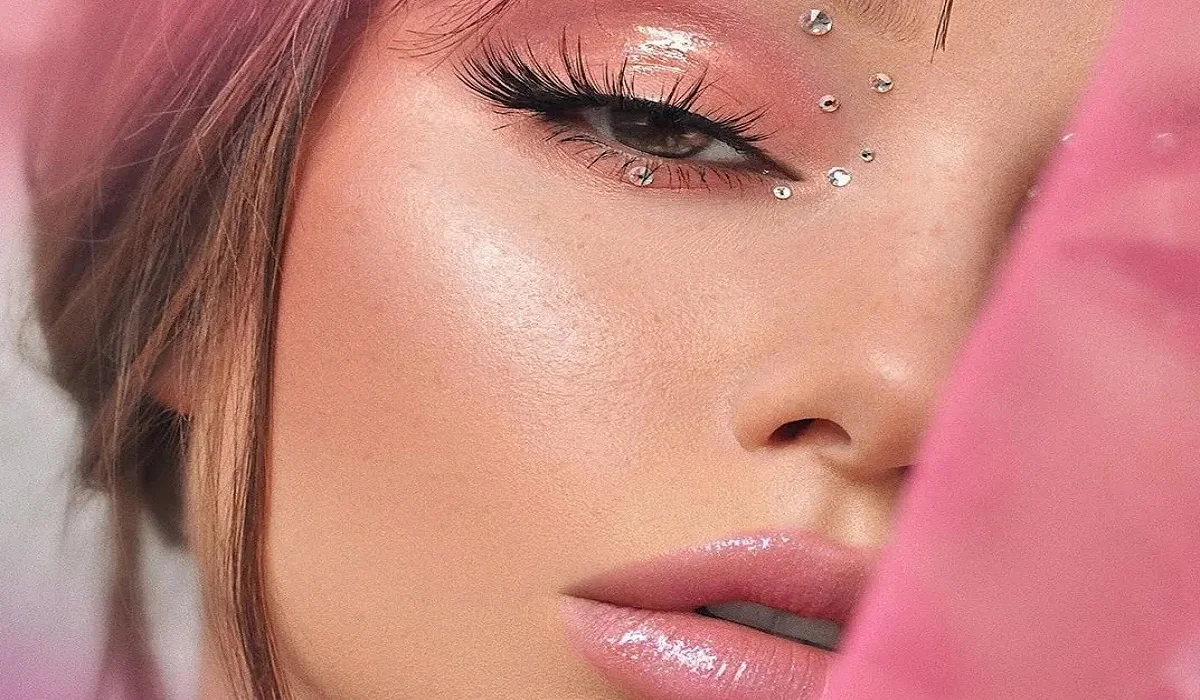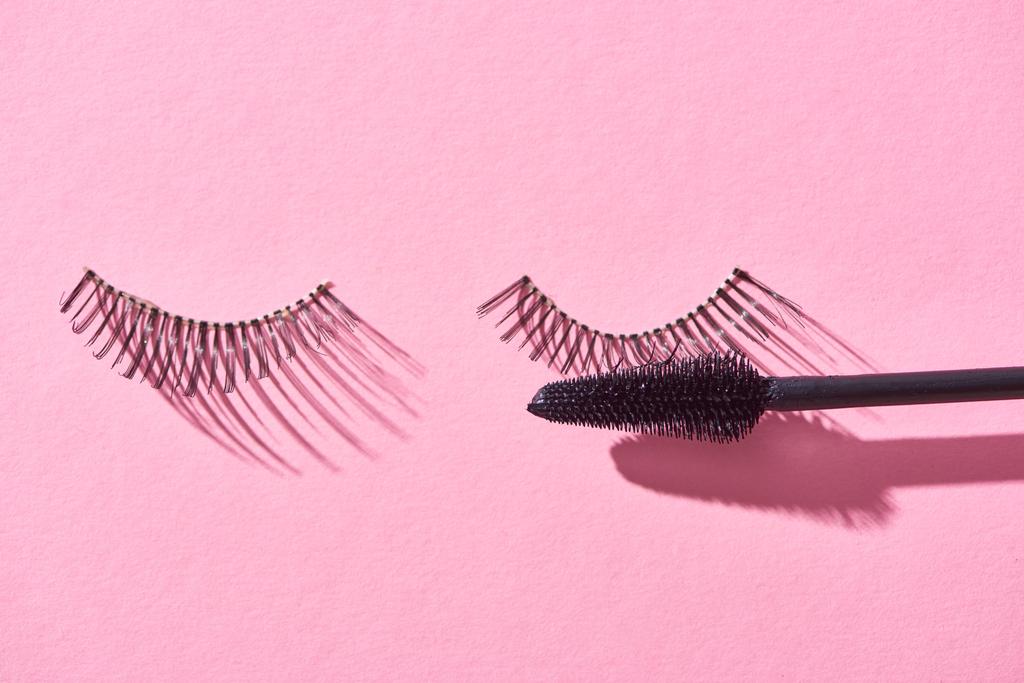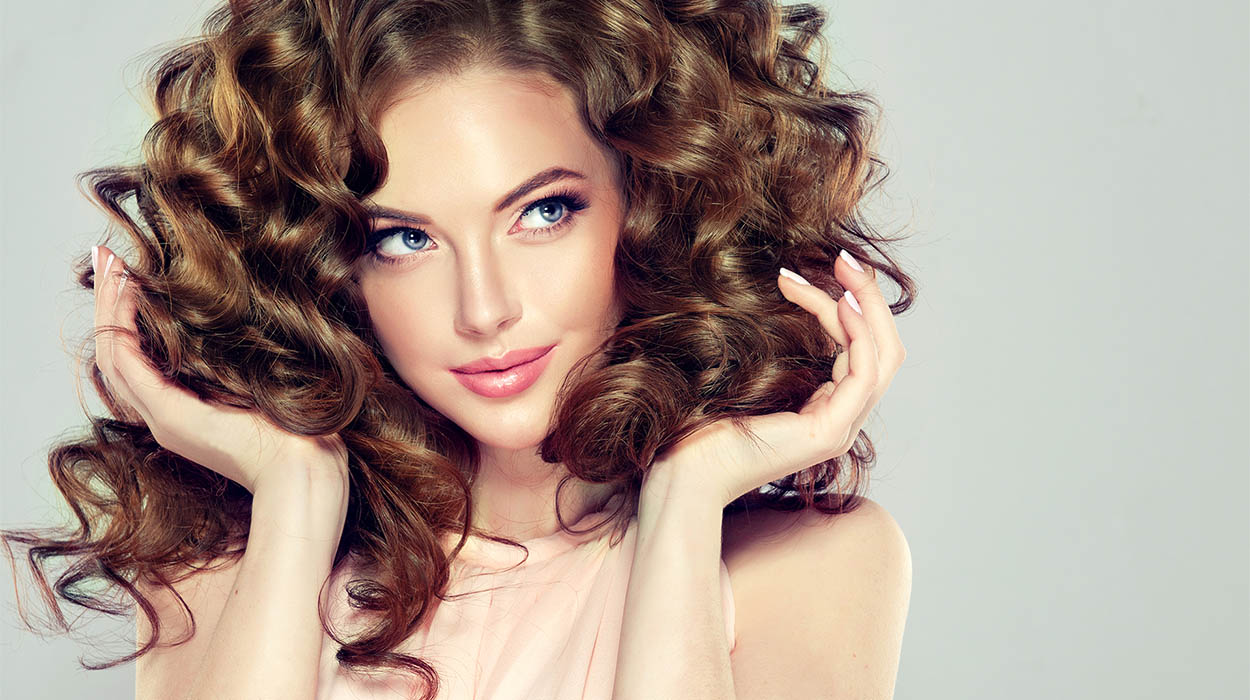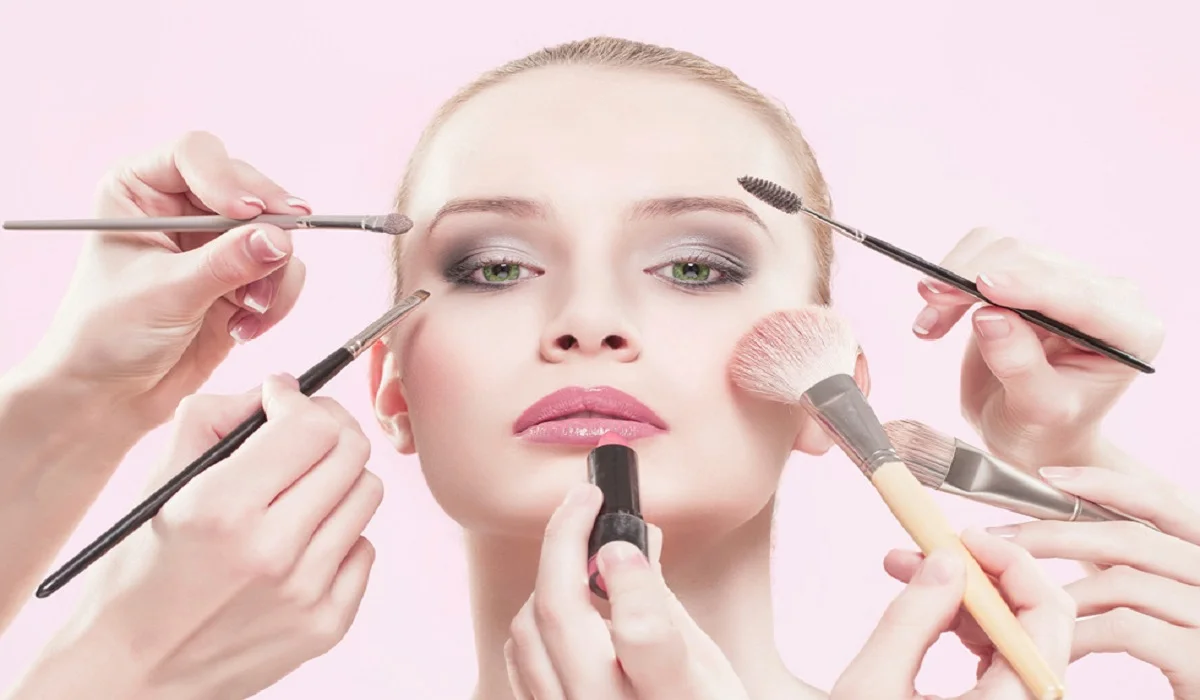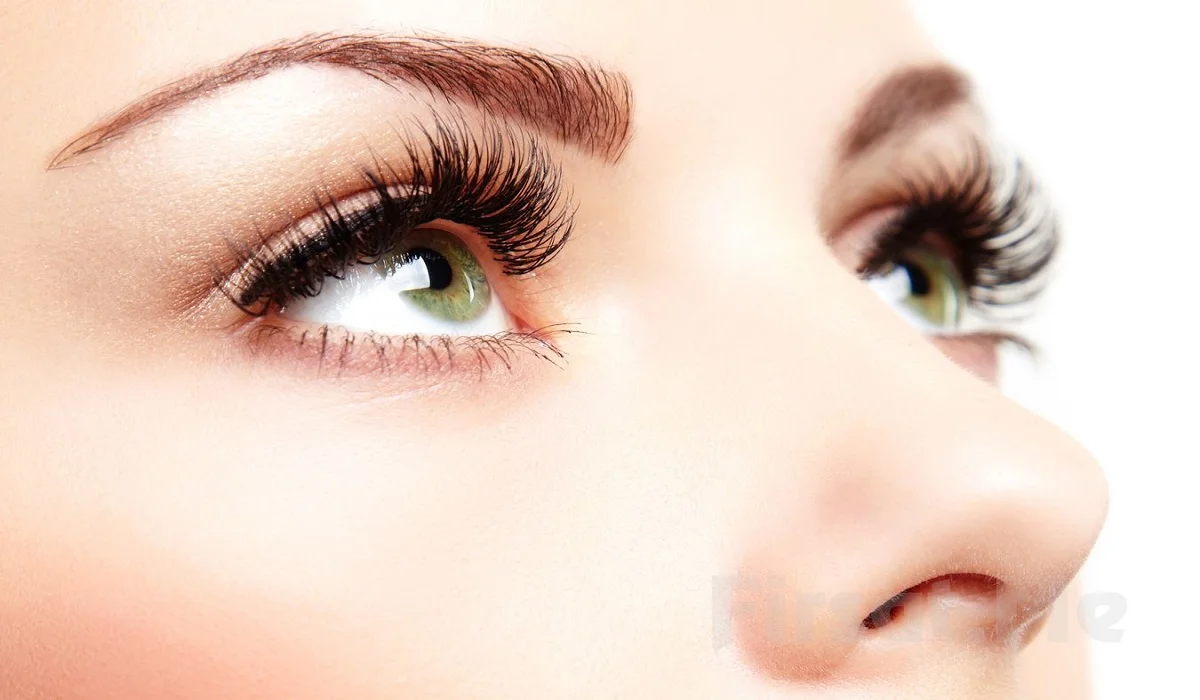
When it comes to skincare ingredients, two of the most talked-about in recent years have been bakuchiol and retinol. Both are marketed as effective anti-aging agents that can improve the appearance of fine lines, wrinkles, and hyperpigmentation. However, there are key differences between these two ingredients that can make one more suitable for your skin than the other. In this article, we’ll explore the benefits and drawbacks of bakuchiol and retinol, so you can make an informed decision about which one to incorporate into your skincare routine.
What is Bakuchiol?
Bakuchiol is a natural compound derived from the seeds of the Psoralea corylifolia plant. It has been used for centuries in traditional Ayurvedic medicine to treat various skin conditions. Bakuchiol is often touted as a natural alternative to retinol, as it has been shown to have similar anti-aging effects without the harsh side effects associated with retinol. Bakuchiol is a potent antioxidant that helps to protect the skin from damage caused by free radicals. It also has anti-inflammatory properties, which can help to reduce redness and irritation.
Benefits of Bakuchiol:
Gentle on the skin: Bakuchiol is a gentle alternative to retinol, making it suitable for those with sensitive skin.
Anti-aging properties: Bakuchiol has been shown to improve the appearance of fine lines and wrinkles, and can also help to even out skin tone.
Antioxidant and anti-inflammatory properties: Bakuchiol helps to protect the skin from damage caused by free radicals, and can also help to reduce inflammation and redness.
Drawbacks of Bakuchiol:
Limited research: While there have been some studies on the effectiveness of bakuchiol, more research is needed to fully understand its potential benefits and drawbacks.
Slow results: Unlike retinol, which can produce noticeable results in as little as a few weeks, bakuchiol may take longer to show visible improvements.
What is Retinol?
Retinol is a derivative of vitamin A and is a popular skincare ingredient that has been used for decades to treat a variety of skin concerns. Retinol works by increasing cell turnover and collagen production, which helps to reduce the appearance of fine lines and wrinkles, and can also help to improve skin texture and tone. However, retinol can also cause skin irritation and sensitivity, especially in those with sensitive skin.
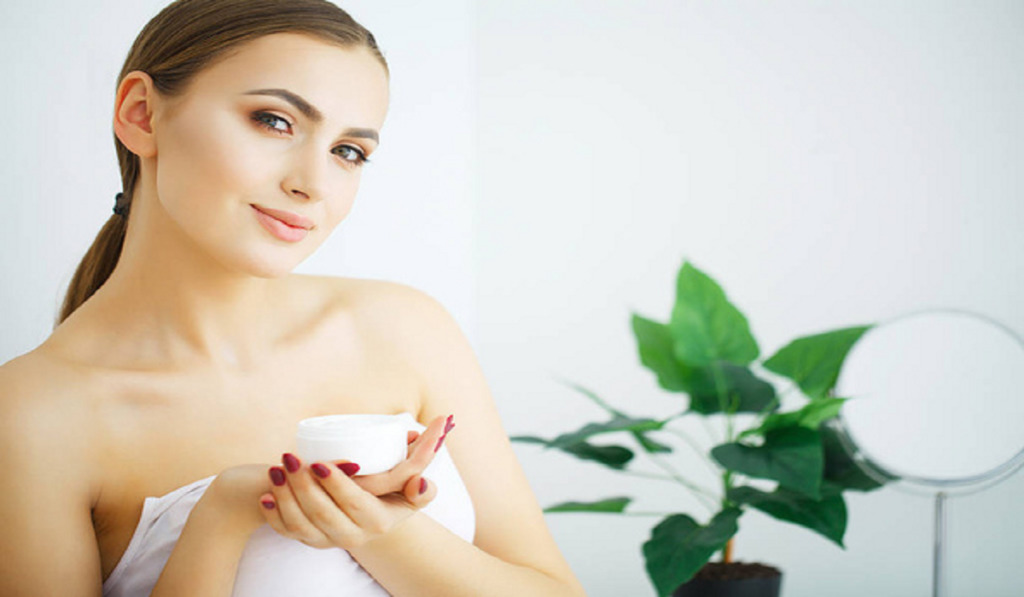
Benefits of Retinol:
Anti-aging properties: Retinol is one of the most effective anti-aging ingredients on the market and has been shown to reduce the appearance of fine lines, wrinkles, and hyperpigmentation.
Boosts collagen production: Retinol helps to stimulate collagen production, which can help to improve skin texture and tone.
Improves skin texture: Retinol can help to improve skin texture by increasing cell turnover.
Drawbacks of Retinol:
Skin irritation: Retinol can cause skin irritation and sensitivity, especially in those with sensitive skin.
Sun sensitivity: Retinol can make the skin more sensitive to the sun, so it’s important to wear sunscreen when using retinol products.
Dryness: Retinol can cause dryness and flakiness, especially when first starting to use the ingredient.
Which is Better for Your Skin: Bakuchiol or Retinol?
The answer to this question depends on your skin type and concerns. If you have sensitive skin or are if you have sensitive skin or are prone to irritation, bakuchiol may be a better option for you. Bakuchiol is a gentler alternative to retinol and is less likely to cause skin irritation or sensitivity. Additionally, bakuchiol has anti-inflammatory properties that can help to reduce redness and irritation.
On the other hand, if you are looking for a powerful anti-aging ingredient that can produce visible results quickly, retinol may be a better choice. Retinol is one of the most effective anti-aging ingredients on the market and has been shown to improve the appearance of fine lines, wrinkles, and hyperpigmentation.
It’s also worth noting that while bakuchiol is often marketed as a natural alternative to retinol, it’s important to remember that just because a product is natural doesn’t necessarily mean it’s better for your skin. Both bakuchiol and retinol have their own set of benefits and drawbacks, and the best choice for your skin will depend on your individual needs and preferences.
In conclusion, bakuchiol and retinol are both popular skincare ingredients that have their own set of benefits and drawbacks. Bakuchiol is a gentler alternative to retinol that is less likely to cause skin irritation or sensitivity, while retinol is a powerful anti-aging ingredient that can produce visible results quickly. Ultimately, the best choice for your skin will depend on your individual needs and preferences. When incorporating any new skincare ingredient into your routine, it’s important to start slowly and patch test first to avoid any potential irritation or sensitivity.
Can You Mix Bakuchiol and Retinol With Other Skincare Ingredients?
When it comes to incorporating bakuchiol and retinol into your skincare routine, it’s important to be mindful of how they interact with other ingredients. While both ingredients can be effective on their own, using them together or combining them with other ingredients can have unintended effects on your skin.
First, it’s important to note that using bakuchiol and retinol together may not be necessary or beneficial. While both ingredients can improve the appearance of fine lines, wrinkles, and hyperpigmentation, they work in different ways and using them together may not necessarily provide any additional benefits.
That being said, if you do choose to use both ingredients together, it’s important to do so carefully and gradually. Start by using each ingredient separately, and gradually introduce the other ingredient into your routine. You may also want to alternate the use of each ingredient on different days or times of the day to avoid overloading your skin.
When it comes to mixing bakuchiol and retinol with other skincare ingredients, there are a few things to keep in mind. Both ingredients can increase skin sensitivity and make the skin more susceptible to irritation, so it’s important to be cautious when using them with other potentially irritating ingredients, such as exfoliants or acids.
It’s also important to avoid using bakuchiol or retinol with other ingredients that can increase skin dryness, such as benzoyl peroxide or alcohol-based products. These ingredients can exacerbate the dryness and flakiness that can be caused by bakuchiol and retinol, making your skin more prone to irritation.
When using bakuchiol or retinol, it’s important to prioritize hydration and moisturization. Look for gentle, hydrating ingredients like hyaluronic acid, ceramides, and natural oils to help keep your skin hydrated and moisturized.
In general, it’s always a good idea to patch test any new skincare product or combination of products before incorporating it into your regular routine. This can help you identify any potential irritants or allergic reactions and adjust your routine accordingly.
Overall, while it’s possible to mix bakuchiol and retinol with other skincare ingredients, it’s important to do so carefully and gradually to avoid any unintended effects on your skin. As always, it’s important to listen to your skin and adjust your routine as needed to keep it looking and feeling its best.
Who Should Use Bakuchiol?
Bakuchiol is a versatile skincare ingredient that can benefit a wide range of skin types and concerns. However, there are certain groups of people who may particularly benefit from using bakuchiol in their skincare routine.
First and foremost, bakuchiol is a great option for people with sensitive skin or those who are prone to skin irritation. Unlike retinol, which can be harsh and irritating for some people, bakuchiol is generally well-tolerated and less likely to cause sensitivity or irritation.
Bakuchiol is also a great option for people who are looking for a natural alternative to retinol. While retinol is a powerful anti-aging ingredient, it can cause side effects such as dryness, flakiness, and sensitivity, particularly in people with sensitive skin. Bakuchiol, on the other hand, offers similar anti-aging benefits without the same risk of irritation or side effects.
In addition, bakuchiol may be particularly beneficial for people with acne-prone skin. Bakuchiol has been shown to have antibacterial and anti-inflammatory properties, which can help to reduce inflammation and redness associated with acne.
Lastly, bakuchiol can benefit people with uneven skin tone or hyperpigmentation. Bakuchiol has been shown to help brighten the skin and reduce the appearance of dark spots and hyperpigmentation.
Overall, bakuchiol is a great option for anyone looking for a gentle, natural alternative to retinol or for people with sensitive skin, acne-prone skin, or uneven skin tone. As with any new skincare product, it’s important to patch test bakuchiol before incorporating it into your regular routine and to gradually increase usage to avoid any potential irritation or sensitivity.

